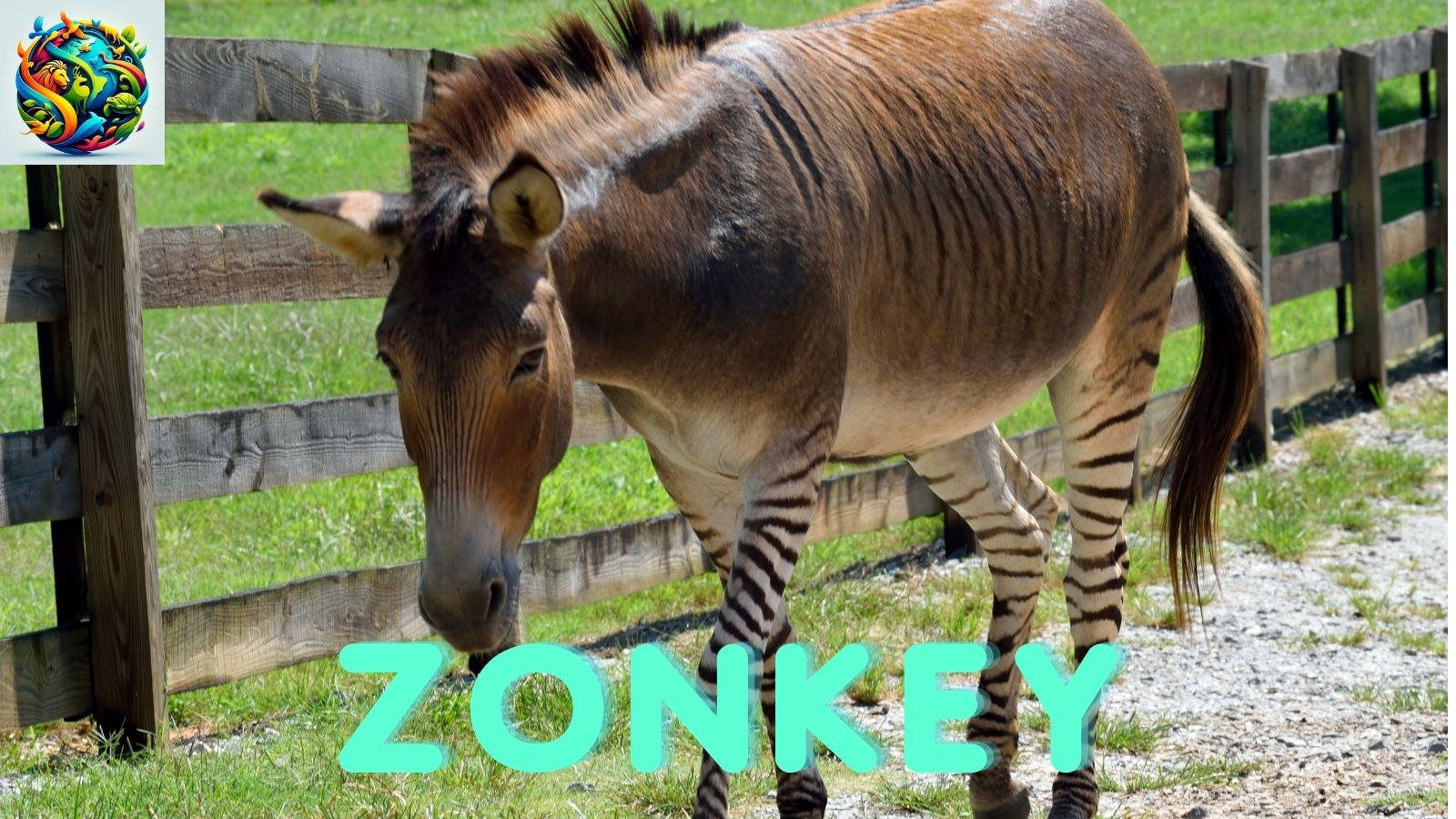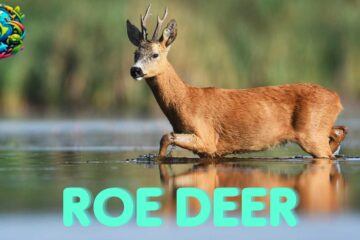
Zebras: The Striped Wanderers of the Plains
Zebras, with their distinctive black-and-white stripes, are among the most recognizable mammals in the African savannah. These wild equines are not just known for their unique appearance but also for their social behavior and remarkable survival strategies. This article delves into their fascinating world, exploring their characteristics, habitat, and the vital role they play in the ecosystem. They belong to the family Equidae, which includes Horses and Donkeys. Zebras are integral to the African savannah and woodland areas, playing a crucial role in their ecological community.
Amazing Fact about Zebras
The stripe pattern of each zebra is unique, akin to human fingerprints. These stripes are not just for show; they serve multiple purposes, including camouflage, deterring pests like flies, and regulating body temperature. The patterns may also play a role in social interactions and in recognizing individuals within a herd.
Habitat/Food
They are primarily found in the savannahs, grasslands, and mountainous regions of Africa. They are highly adaptable and can survive in a variety of environments, though their distribution is largely dependent on the availability of water and grass. Zebras are herbivores, feeding mainly on grass, but they can also eat leaves and stems when grass is scarce.
Appearance
They are characterized by their striking black-and-white striped coats, sturdy bodies, and tufted tails. Each species has a distinct stripe pattern.
- Plains Zebra: The most common, with broad stripes that extend to the belly.
- Mountain Zebra: Has narrower stripes that do not extend to the belly.
- Grevy’s Zebra: Features thin, close-set stripes and a white belly.
Types/Subspecies of Zebras
- Plains Zebra (Equus quagga): Several subspecies, including the common Burchell’s specie.
- Mountain Zebra (Equus zebra): Includes the Cape Mountain specie and the Hartmann’s Mountain specie.
- Grevy’s Zebra (Equus grevyi): the largest and most endangered, found in Kenya and Ethiopia.
Predator and Threat
They are preyed upon by Lions, Hyenas, Leopards, and wild Dogs. Their stripes may help confuse predators during a chase. Despite their defenses, they face threats from habitat loss due to agriculture, competition with livestock, and hunting. Grevy’s specie, in particular, is endangered, with conservation efforts in place to protect its dwindling populations.
Mating
They have complex social structures, typically forming harems consisting of one stallion and several mares with their foals. Breeding can occur year-round, with a gestation period of about 12–13 months. Foals can stand and run shortly after birth, a critical survival trait in predator-rich environments.
How Zebras Communicate
They communicate through vocalizations, body postures, and facial expressions. Their calls include barks, whinnies, and snorts, which convey different messages, such as alerting the herd to predators or maintaining social cohesion.
Conservation Efforts
Conservation efforts include habitat protection, anti-poaching measures, and research to understand their ecological role and population dynamics. Protected areas and national parks play a vital role in preserving their populations and their habitats.
Pronunciation in Different Languages
- Spanish: cebra
- French: zèbre
- Mandarin: 斑马 (bānmǎ)
- German: Zeebra
- Swahili: punda milia
They with their striking beauty and ecological importance, continue to capture the imagination of people around the world. Their preservation is crucial not only for maintaining biodiversity but also for the health of the entire Savannah ecosystem.
FAQs
Why do they have stripes?
- Answer: Their stripes serve multiple functions, including camouflage, pest deterrence, social interaction, and possibly temperature regulation.
Can zebras be Domesticated?
- Answer: They have not been domesticated like horses and donkeys due to their more aggressive nature and strong social bonds within their species.
How fast can a they run?
- Answer: They can reach speeds of up to 65 km/h (40 mph), allowing them to escape from predators.
How do they contribute to the ecosystem?
- Answer: They play a key role in their ecosystems by grazing on grass, which helps maintain healthy savannah landscapes, and they are also prey for large African predators, contributing to the food chain.
Author is a passionate writer with an engineering background, driven by a deep love for animals. Despite a successful entrepreneurial career, Saad's true passion lies in sharing his knowledge and insights about animals with the world.
Panda Bear: Gentle Giants of China’s Bamboo Forests
June 13, 2024
Leave a reply Cancel reply
More News
-
Deer: Graceful Inhabitants of Diverse Habitats
May 28, 2024 -
Snakes: Masters of Stealth and Survival
May 27, 2018








